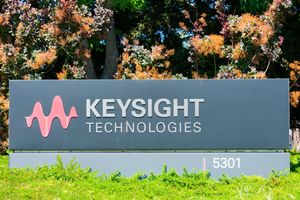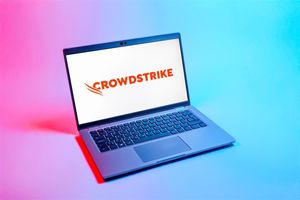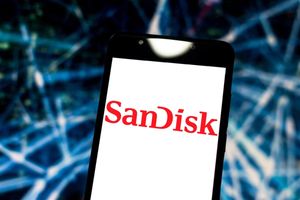Grocery prices are a major economic stress for more than half of Americans

More than half of all Americans, 53%, say the cost of groceries is a major source of stress in their lives today and another 33% say they feel at least minor stress over rising food prices, according to a poll out this week from the Associated Press-NORC Center for Public Affairs Research.
The cost of housing and health care, as well as worry about how much money they have saved and how much money they are earning, were cited as major stresses by more than 40% of the U.S. population, the survey also showed. Overall, 75% say one or more of these financial factors cause them major stress.
“I just keep watching the prices go up, so I’m looking for the cheapest possible stuff,” 19-year-old Adam Bush told AP. “Hot pockets and TV dinners.”
Bush, based in Portland, N.Y., is among the younger Americans who has used buy-now-pay-later services for things like groceries or entertainment. Bush works as a welder, fabricating parts for trucks for Toyota, and makes under $50,000 per year, AP reported.
Bush is not alone: About 20% of Americans under 45 have used a buy-now-pay-later service to fund grocery, medical, entertainment or restaurant/delivery purchases. The more economic stress people are under, the more likely they are to use BNPL.
Adults under age 45 report higher levels of stress related to their earnings, the cost of housing, student debt, and childcare compared with older adults. In other areas, stress levels are generally comparable across age groups such as the cost of groceries and the amount of money saved, and the cost of health care, the poll found.
AP reported that some specific groups are feeling much more anxiety about their finances than others. Women, for instance, are more likely than men to report high levels of stress about their income, savings, the cost of groceries and the cost of health care. Hispanic adults are also particularly concerned about housing costs and both credit card and student debt. About two-thirds of Hispanic adults say the cost of housing is a “major” source of stress, compared with about half of Black adults and about 4 in 10 white adults.
Esther Bland, 78, who lives in Buckley, Wash., told the AP that groceries are a “minor” source of stress — but only because her local food banks fill the gap. Bland relies on her Social Security and disability payments each month to cover her rent and other expenses — such as veterinary care for her dogs — in retirement, after decades working in an office processing product orders.
“I have no savings,” she said. “I’m not sure what’s going on politically when it comes to the food banks, but if I lost that, groceries would absolutely be a major source of stress.”
Bland’s monthly income mainly goes toward her electric, water and cable bills, she said, as well as care of her dogs and other household needs.
“Soap, paper towels, toilet paper. I buy gas at Costco, but we haven’t seen $3 a gallon here in a long time,” she said. “I stay home a lot. I only put about 50 miles on my car a week.”
The AP-NORC poll of 1,437 adults was conducted July 10-14, using a sample drawn from NORC’s probability-based AmeriSpeak Panel, which is designed to be representative of the U.S. population. The margin of sampling error for adults overall is plus or minus 3.6 percentage points.
Read more: Money is on Americans’ minds at least 4 hours a day
More News
View More




Recent Quotes
View More
Quotes delayed at least 20 minutes.
By accessing this page, you agree to the Privacy Policy and Terms Of Service.